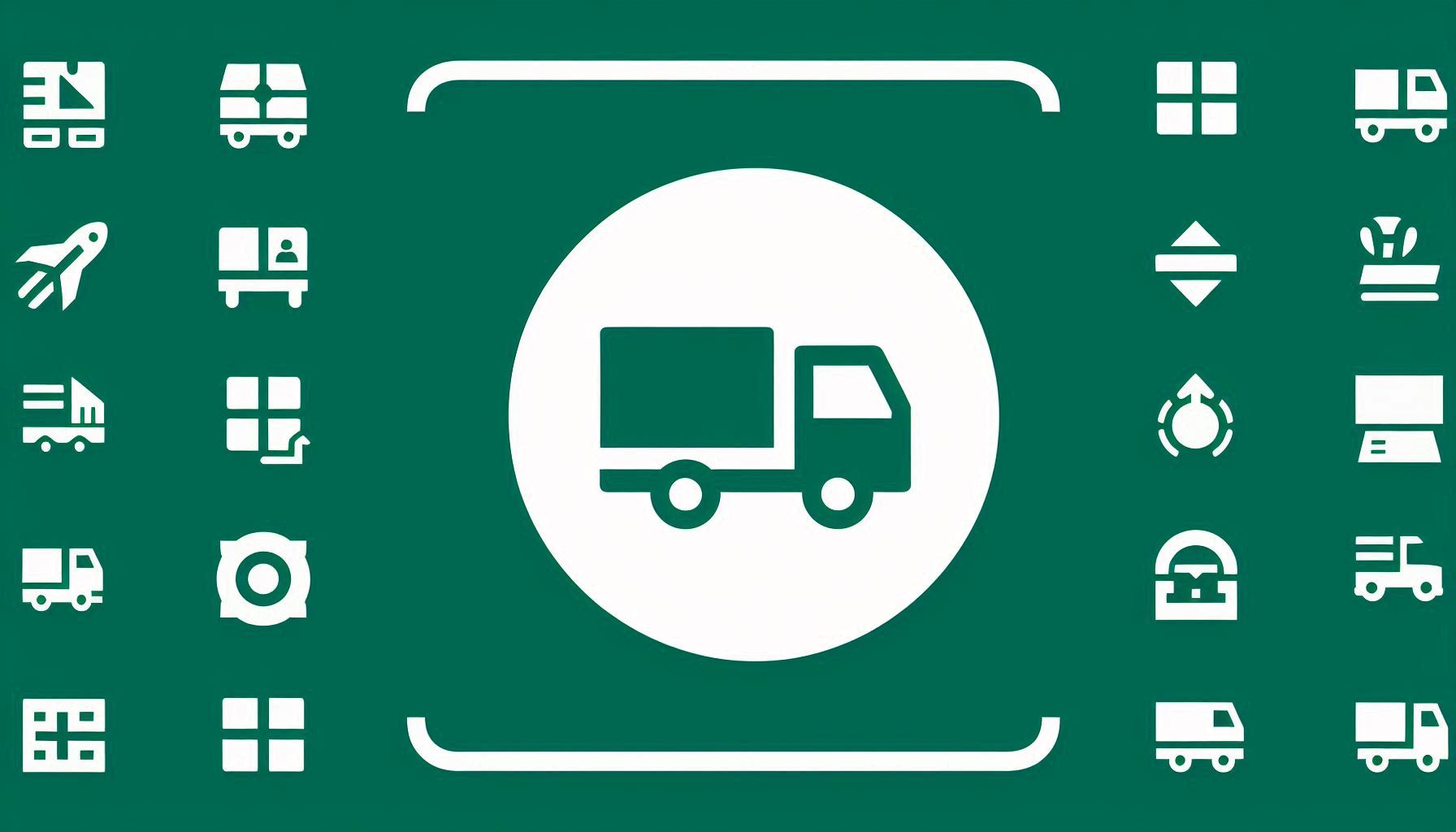Vessel Trajectory Prediction Method Based on the Time Series Data Fusion Model

Downloads
Vessel trajectory prediction is important in maritime traffic safety and emergency management. Vessel trajectory prediction using vessel automatic identification system (AIS) data has attracted wide attention. Deep learning techniques have been widely applied to vessel trajectory prediction tasks due to their advantages in fine-grained feature learning and time series modelling. However, most deep learning-based methods use a unified approach for modelling AIS data, ignoring the diversity of AIS data and the impact of noise on prediction performance due to environmental factors. To address this issue, this study introduces a method consisting of temporal convolutional network (TCN), convolutional neural network (CNN) and convolutional long short-term memory (ConvLSTM) to predict vessel trajectories, called TCC. The model employs TCN to capture the complex correlation of the time series, utilises CNN to capture the fine-grained covariate features and then captures the dynamics and complexity of the trajectory sequences through ConvLSTM to predict vessel trajectories. Experiments are conducted on real public datasets, and the results show that the TCC model proposed in this paper outperforms the existing baseline algorithms with high accuracy and robustness in vessel trajectory prediction.
Downloads
Peng Z, et al. Spatiotemporal distribution and evolution characteristics of water traffic accidents in Asia since the 21st century. Journal of marine science and engineering. 2023;11(11):2112. DOI: 10.3390/jmse11112112.
Wang H, et al. An analysis of factors affecting the severity of marine accidents. Reliability Engineering & System Safety. 2021;210:107513. DOI: 10.1016/j.ress.2021.107513.
Xiao F, et al. Comparison study on AIS data of ship traffic behavior. Ocean Engineering. 2015;95:84-93. DOI: 10.1016/j.oceaneng.2014.11.020.
Harati-Mokhtari A, et al. Automatic identification system (AIS): data reliability and human error implications. Journal of Navigation. 2007;60(3):373-389. DOI: 10.1017/S0373463307004298.
Sang L, et al. CPA calculation method based on AIS position prediction. Journal of Navigation. 2016;69(6):1409-1426. DOI: 10.1017/S0373463316000229.
Kim KI, Jeong JS, Lee BG. Study on the analysis of near-miss ship collisions using logistic regression. Journal of Advanced Computational Intelligence and Intelligent Informatics. 2017;21(3):467-473. DOI: 10.20965/jaciii.2017.p0467.
Murray B, Perera LP. A data-driven approach to vessel trajectory prediction for safe autonomous ship operations. In: 2018 Thirteenth International Conference on Digital Information Management (ICDIM). Berlin, Germany. IEEE. 2018;240-247. DOI: 10.1109/ICDIM.2018.8847003.
Sheng K, et al. Research on ship classification based on trajectory features. Journal of Navigation. 2018;71(1):100-116. DOI: 10.1017/S0373463317000546.
Sutulo S, Moreira L, Soares CG. Mathematical models for ship path prediction in manoeuvring simulation systems. Ocean Engineering. 2002;29(1):1-19. DOI: 10.1016/S0029-8018(01)00023-3.
Kawan, et al. Data-driven modeling of ship motion prediction based on support vector regression. In: Proceedings of the 58th Conference on Simulation and Modelling (SIMS 58) Reykjavik, Iceland, September 25th – 27th, 2017. Reykjavik, Iceland. 2017;350-354. DOI: 10.2316/P.2011.721-107.
Virjonen, et al. Ship movement prediction using k-NN Method. In: 2018 Baltic Geodetic Congress (BGC Geomatics). Olsztyn, Poland. IEEE. 2018;304-309. DOI:10.1109/BGC-Geomatics.2018.00064.
Volkova TA, Balykina YE, Bespalov A. Predicting ship trajectory based on neural networks using AIS data. Journal of Marine Science and Engineering. 2021;9(3):254. DOI:10.1109/BGC-Geomatics.2018.00064.
Kim KI, Lee KM. Deep learning-based caution area traffic prediction with automatic identification system sensor data. Sensors. 2018;18(9):3172. DOI: 10.3390/s18093172.
Liu RW, et al. An enhanced CNN-enabled learning method for promoting ship detection in maritime surveillance system. Ocean Engineering. 2021;235:109435. DOI: 10.1016/j.oceaneng.2021.109435.
Yang Sun, et al. An approach to ship behavior prediction based on AIS and RNN optimization model. International Journal of Transportation Engineering and Technology. 2020;6(1):16. DOI: 10.11648/j.ijtet.20200601.13.
Zhong C, et al. Inland ship trajectory restoration by recurrent neural network. Journal of Navigation. 2019;72(6):1359-1377. DOI: 10.1017/S0373463319000316.
Gao M, Shi G, Li S. Online prediction of ship behavior with automatic identification system sensor data using bidirectional long short-term memory recurrent neural network. Sensors. 2018;18(12):4211. DOI: 10.3390/s18124211.
Wang X, Xiao Y. A deep learning model for ship trajectory prediction using automatic identification system (AIS) data. Information. 2023;14(4):212. DOI: 10.3390/info14040212.
Zhang Yang, et al. Navigation trajectory prediction method of inland ships based on multi-model fusion. China Mechanical Engineering. 2022;33(10):1142. DOI: 10.3969/j.issn.1004-132X.2022.10.002.
Ljunggren H. Using deep learning for classifying ship trajectories. In: 2018 21st International Conference on Information Fusion (FUSION). Cambridge, UK. IEEE. 2018;2158-2164. DOI: 10.23919/ICIF.2018.8455776.
Zhou H, Chen Y, Zhang S. Ship trajectory prediction based on BP neural network. Journal of Artificial Intelligence. 2019;1(1):29. DOI: 10.32604/jai.2019.05939.
Park J, Jeong J, Park Y. Ship trajectory prediction based on bi-LSTM using spectral-clustered AIS data. Journal of Marine Science and Engineering. 2021;9(9):1037. DOI: 10.3390/jmse9091037.
You Lan, et al. Improved sequence-to-sequence model for short-term vessel trajectory prediction using AIS data streams. Computer Science. 2020;47(9):169-174. DOI: 10.11896/jsjkx.190800060.
Patrikar J, et al. Predicting like a pilot: Dataset and method to predict socially-aware aircraft trajectories in non-towered terminal airspace. In: 2022 International Conference on Robotics and Automation (ICRA). Philadelphia (PA), USA. 2022;2525-2531. DOI: 10.1109/ICRA46639.2022.9811972.
Bai S, Kolter JZ, Koltun V. An empirical evaluation of generic convolutional and recurrent networks for sequence modeling. Arxiv. 2018. [preprint] https://arxiv.org/pdf/1803.01271.
Shi, et al. Convolutional LSTM network: A machine learning approach for precipitation nowcasting. Neural Information Processing Systems. 2015. DOI: 10.48550/arXiv.1506.04214.
Wu W, et al. Ship trajectory prediction: An integrated approach using ConvLSTM-based sequence-to-sequence model. Journal of Marine Science and Engineering. 2023;11(8):1484. DOI: 10.3390/jmse11081484.
Tian Y, Li Z, Ai W, Han X. LSTM-RNN based black-box modeling of ship manoeuvring motion. Ship Science and Technology. 2024;46(11):80-84. DOI: 10.3404/j.issn.1672-7649.2024.11.015.
Liu Z, et al. Hybrid deep learning models for ship trajectory prediction in complex scenarios based on AIS data. Applied Ocean Research. 2024. DOI: 10.1016/j.apor.2024.104231.
Li T, Xu H, Zeng W. Ship classification method for massive AIS trajectories based on GNN. In: 2021 3rd International Conference on Artificial Intelligence and Computer Science (AICS) 2021 29-31 July 2021. Beijing, China. IOP Publishing. 2021. DOI: 10.1088/1742-6596/2025/1/012024.
Prasetya DA, et al. Resolving the shortest path problem using the haversine algorithm. Journal of Critical Reviews. 2020;7(1):62-64. DOI: 10.22159/jcr.07.01.11.
Copyright (c) 2024 Xinyun WU, Jiafei CHEN, Caiquan XIONG, Donghua LIU, Xiang WAN, Zexi CHEN

This work is licensed under a Creative Commons Attribution-NonCommercial 4.0 International License.




















